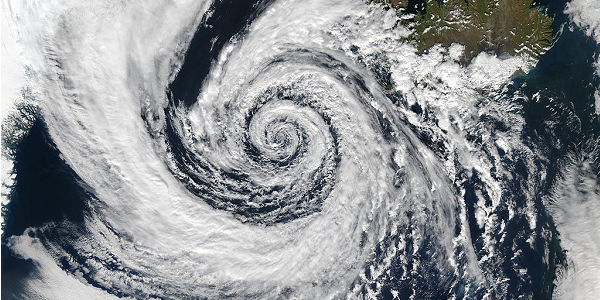
February 17, 2017, by Stuart Moran
Digital Engagement (2): The Crowd as Sensors
Sometimes in research there are data analysis tasks that are too complicated for computers to manage, but are surprisingly simple for humans to do. This is the basis for Citizen Science, an approach which uses digital platforms to recruit a target audience (‘The Crowd’) to help analyse and classify research data which cannot be automated by computers.
The best way to think about it is as if the crowd are your research sensors and instruments. Let’s take a look at a couple of examples of Citizen Science projects that make use of the crowd to analyse different types of research data:
Aerial Imagery
Amazon Aerobotany looks to analyse drone-captured high resolution images of rainforests in order to explore tree flowering cycles and demography. Citizen’s are asked to identify areas of different colouring and leaf types by circling areas on the images.
Cyclone Center is interested in understanding how climate change has affected the nature and strength of cyclones using infrared satellite images. Citizen’s are asked a number of questions about a cyclones attributes, including: its center, its rotation, colour ranges and more.
Text and Diagrams
Decoding the Civil War explores telegrams from The Thomas T. Eckert Papers and looks to make them usable by scholars and the public. Citizens are asked to highlight areas of handwritten text in a telegram which they in turn manually decode and transcribe on screen.
Science Gossip seeks to classify scientific diagrams, drawings, maps and photographs in Victorian periodicals. Citizens are asked to highlight the location of an image in a page, to classify it’s type and to then identify elements of interest within the image e.g. animal or plant species.
Audio and Video
Worm Watch Lab looks to explore how genes affect the behaviour of nematode worms. Citizens are asked to watch a video of a worm and identify the precise point in time that the worm lays an egg.
Bat Detective seeks to monitor bat populations across the world. Citizens are asked to listen to a sound recording after some training and classify it as a bat or insect sound, and whether or not it is a social, searching or feeding call. The citizens also highlight the sound on a spectogram, which is a visual representation of the sound.
The great thing about these approaches are that they become a two-way engagement, where researchers get data analysed and the crowd get to understand and contribute to the science. I find the application of Citizen Science in Science Gossip particularly inspiring, clearly demonstrating the relevance to a wide range of research fields.
If you would like to discuss the use of Citizen Science in your research, please do get in touch with the Digital Research Team.
This blog is part of a series on Digital Engagement. Next blog in series: The Crowd and Their Data
Stuart Moran, Digital Research Specialist for Social Sciences

[…] Digital Engagement (2): The Crowd as Sensors […]